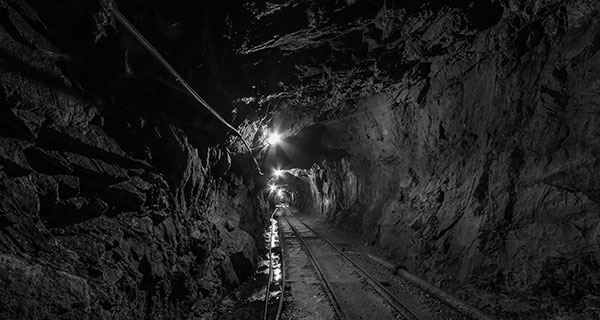 The natural resource sector, including energy, saw the volume of economic activity grow in the third quarter of 2018, according to Statistics Canada.
The natural resource sector, including energy, saw the volume of economic activity grow in the third quarter of 2018, according to Statistics Canada.
The federal agency reported Thursday that real gross domestic product in the natural resource sector rose by one per cent in the quarter following a 1.4 per cent increase in the second quarter.
By comparison, real GDP for the total economy grew 0.5 per cent in the third quarter, said StatsCan.
“Real GDP in the mineral and mining subsector rose 4.1 per cent in the third quarter following a 3.6 per cent decline in the second quarter. The primary contributors to this increase were non-metallic minerals (+9.9 per cent), which grew on the strength of potash, as well as metallic minerals (+7.6 per cent). The increase in metallic minerals coincided with the end of work stoppages at the Carol Lake iron ore mine in Newfoundland and Labrador, which disrupted production throughout most of the second quarter,” explained the federal agency.
“Real GDP in the energy subsector grew 0.3 per cent, on large gains in GDP for refined petroleum products (+22.8 per cent). Several refineries resumed production after a number of shutdowns in the previous quarter. The increase in refined petroleum products was partly offset by declines in crude oil extraction (-1.2 per cent) and energy-related services (-2.5 per cent).”
It said natural resource activity totalled $252.3 billion in the third quarter, accounting for 12.1 per cent of Canada’s GDP, up from 11.9 per cent in the second quarter.
“Real natural resource exports grew 2.8 per cent in the third quarter, following a 5.3 per cent increase in the second quarter. Exports in the mineral and mining subsector were up 4.9 per cent, with exports of metallic metals (+37.8 per cent) up sharply as iron ore production resumed after recent work stoppages. Energy product exports (+2.8 per cent) also rose on higher exports of total refined petroleum products (+14.1 per cent),” it said.
“Real natural resource imports (-8.9 per cent) fell sharply in the third quarter. Imports in the energy subsector decreased 13.4 per cent, led by total refined petroleum products (-26.5 per cent), as domestic production increased with the reopening of a number of refineries following shutdowns in the second quarter.”
The number of jobs in the natural resource sector edged up 0.3 per cent in the third quarter, after increasing 0.5 per cent in the second quarter. The mineral and mining subsector added approximately 1,600 jobs (+0.8 per cent), the largest increase of any subsector, added Statistics Canada.
Calgary’s Business is a Troy Media Digital Solutions Associate website.
The views, opinions and positions expressed by columnists and contributors are the author’s alone. They do not inherently or expressly reflect the views, opinions and/or positions of our publication.


